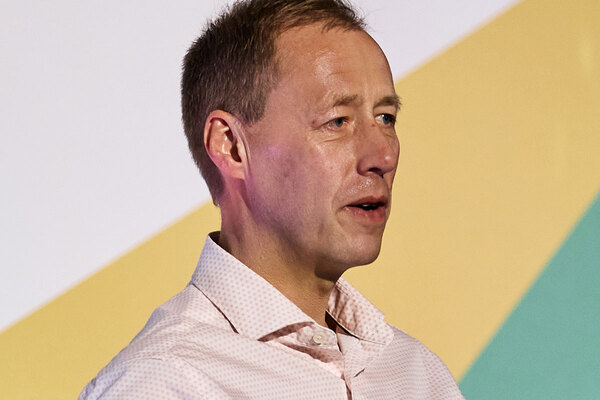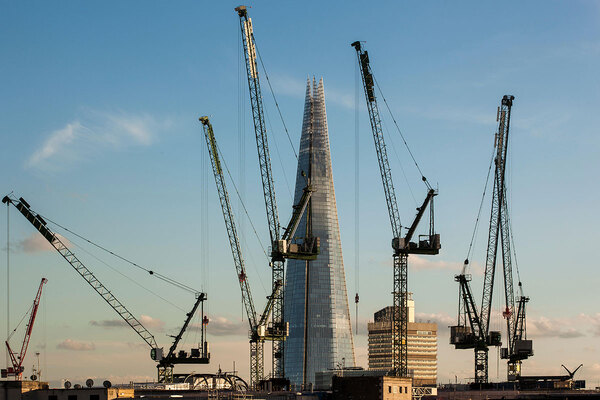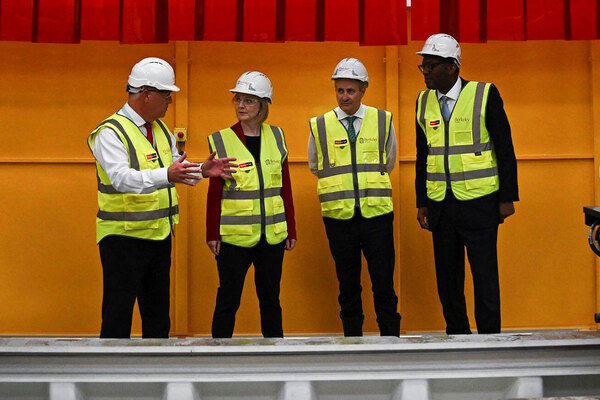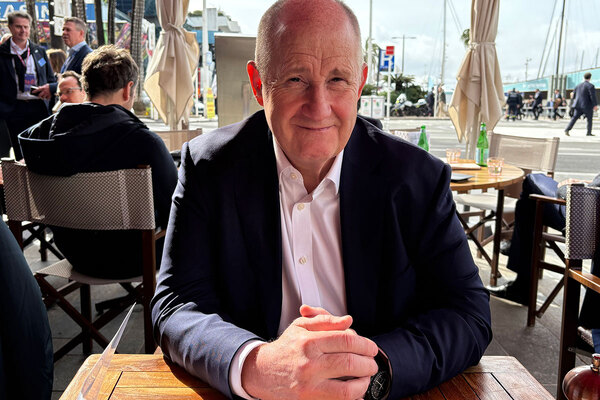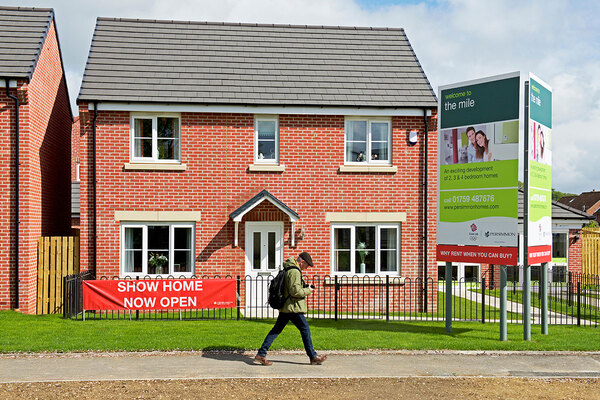
The bottom line
It’s time for Alistair Darling to take his head out of the sand, says Bill Randall

One of my major regrets in the years I’ve worked in and around housing is that the late Bob Lawrence left the Empty Homes Agency before he could carry out his threat to dress up as an ostrich and protest outside the House of Commons.
The government of the day, Bob argued, was burying its head in the sand by refusing to cut VAT on improvements to empty homes. Hence the ostrich suit.
Unfortunately, Montserrat’s post-volcano problems called, and Parliament Square was robbed of Bob’s avian act. I guess it would have been a highly singular and effective performance, as with everything else he did.
I mention this because Bob would not have been pleased with the recent pre-Budget package and its housing proposals, which do very little to boost work to bring empty homes back into use or to support the improvement and retrofitting of existing homes. Almost all the proposals concentrate on new build, but will not help housing associations provide new social housing on any scale unless the government makes a significant increase in the grant rate.
On the empty homes front, constant lobbying by the Empty Homes Agency and others has seen VAT reduced by 5 per cent on work to bring homes that have stood empty for more than two years back into use.
In his post-Budget statement, Alistair Darling had the opportunity to introduce this lower level for all homes empty for more than a year, and for all those post-crunch empty banks, pubs and offices that could be converted for housing. He chose not to - a criminal oversight at a time when the number of empty homes in the UK is nudging one million and rising.
It is wrong, of course, to assume that filling up empties will ever solve the nation’s housing problems - a belief clung to by misguided nimbys everywhere - but it does have a significant role to play and every empty home is an affront to those who have nowhere to live. The pre-Budget statement did yield one small piece of good news on the housing improvement and repair front, in the modest reduction of VAT from 17.5 per cent to 15 per cent.
However, it’s not enough to satisfy the Empty Homes Agency, the Royal Institute of British Architects, the Federation of Master Builders, the National Home Improvement Council and other members of the Cut the VAT Coalition. The government should reduce VAT on this work to 5 per cent, to kick-start a new improvement drive, they argue.
Former deputy prime minister John Prescott, apparently, shared this view, but the dead hand of the Treasury prevailed. France and Italy have taken this step without any significant drop in VAT income, largely because of a reduction in Del Boy-like VAT avoidance that has followed.
Green piece
Apart from all the social cohesion arguments about saving existing homes and existing communities, something housing associations
are very good at, the Empty Homes Agency makes a strong green case for improvement work.
The carbon costs of new build are about six times higher than those involved in rescuing older homes, it says. A greater emphasis on this work would significantly reduce the energy use and carbon emissions by the building industry.
Wider green housing issues were overlooked by Mr Darling, who should listen to the National Housing Federation, which is at the forefront of a European campaign for the removal of VAT altogether from housing retrofitting work.
At present, it is impossible to abolish VAT altogether under European Union law. Once introduced, it cannot be reduced below 5 per cent. So serious is the need to reduce housing’s carbon footprint, which accounts for about 30 per cent of all the carbon dioxide produced in the UK, the NHF says that special measures are needed.
Here is a VAT rule that really must be changed, if the triple challenges of climate change, peak oil and the recession are to be addressed. It is estimated that cutting Europe’s carbon dioxide emissions by 20 per cent will create 1 million jobs in the ‘green collar’ industries that make solar and photovoltaic panels, wind turbines and all the other green kit needed.
Germany already has 125,000 people employed in these industries, and it is estimated that by 2020 more Germans will work in green industries than in the car industry. Additionally, many jobs would be created in the building industry.
Abolishing VAT for greening existing housing would help Europe out of recession and create jobs across the employment spectrum from university research campuses to social housing estates corroded by worklessness.
The tale has another VAT twist. The government is gathering in about £700 million a year extra in VAT, as a result of this year’s gas and electricity price hikes. It would make a great deal of sense for that money to be ring-fenced and used to support a national retrofitting programme that targets low-income households as its first priority.
More funding should be raised through a windfall tax on the energy companies. Price rises apart, UK power generators are reaping a
£9 billion windfall from the EU emissions trading scheme, according to Ofgem, which argues that the UK government should claw some of this money back to help relieve poorer households.
Better to spend the money once on green homes to produce lower fuel bills, than to continue to subsidise energy payments and energy companies. It’s time for Mr Darling to take his head out of the VAT sand.
Bill Randall is a housing writer, journalist and Green Party councillor
